Bill Morris looks like a man born behind the wheel of a Land Rover Defender.
He sits comfortably in the driving seat of a One Ten at the top of The Staircase, one of the tougher obstacles for 4x4s on Solihull’s famous Land Track, and smiles at the memory of tackling it a minute earlier, resting his arm on the window sill the way Defender people do when in all but the dead of winter.
The 3.5-litre petrol V8 woofles quietly at idle. Then comes the characteristic deep clunk as Morris selects first gear with the long lever. The engine note rises just a little and he’s off to tackle it again, smiling still. It’s a few years since he’s driven one of these, but the pleasure never fades.
Morris was Land Rover’s chief engineer when this car was new. We’ve enlisted his aid, and come to this iconic spot just yards from the production line where every UK Defender started life, to clear up a mystery that surrounds Land Rovers of the 1980s and early 1990s model: when and how they first came to wear the name.
For many, every Land Rover with the outline and layout of the Wilks brothers’ 1948 original is a Defender, an easy assumption as the 68-year-old original retires from today’s Land Rover line-up. But it isn’t true.
The Defender name didn’t become official until Britain’s 4x4 was nearly 40 years old. It wasn’t actually written on a Land Rover until 1990. However, to confuse matters, many believe ‘Defender’ can be applied to vehicles made earlier, once they had adopted a new coil-sprung suspension largely donated by the Range Rover – along with the Ninety and One Ten model names.
“The story started in the 1970s,” says Morris. “I’d been the engineer responsible for the Land Rover Series III, so I was in the right place to experience the growing pressure from the BL board to improve the Land Rover, which had been in production for nearly 30 years and needed a rethink.”
Land Rover had already sent several deputations of engineers – including Morris – around the world to meet customers and discover how they thought the vehicle should progress.
It was soon clear, says Morris, that the major demand was for the Landie to have a bigger, better engine. Well-organised Japanese opposition – principally from Toyota and Nissan, whose products had much more powerful engines – was starting to hurt Land Rover in its all-important export markets.
Land Rover Defender special - crossing the Atlantic...sort of

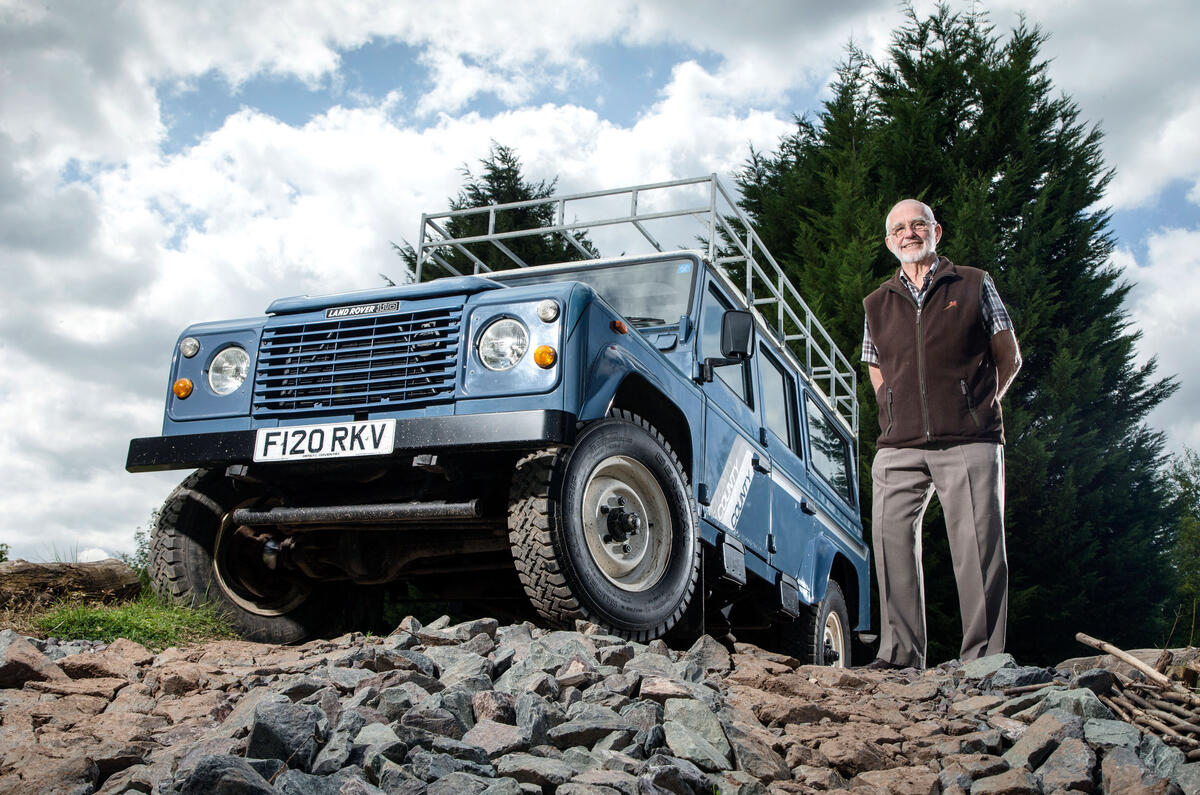

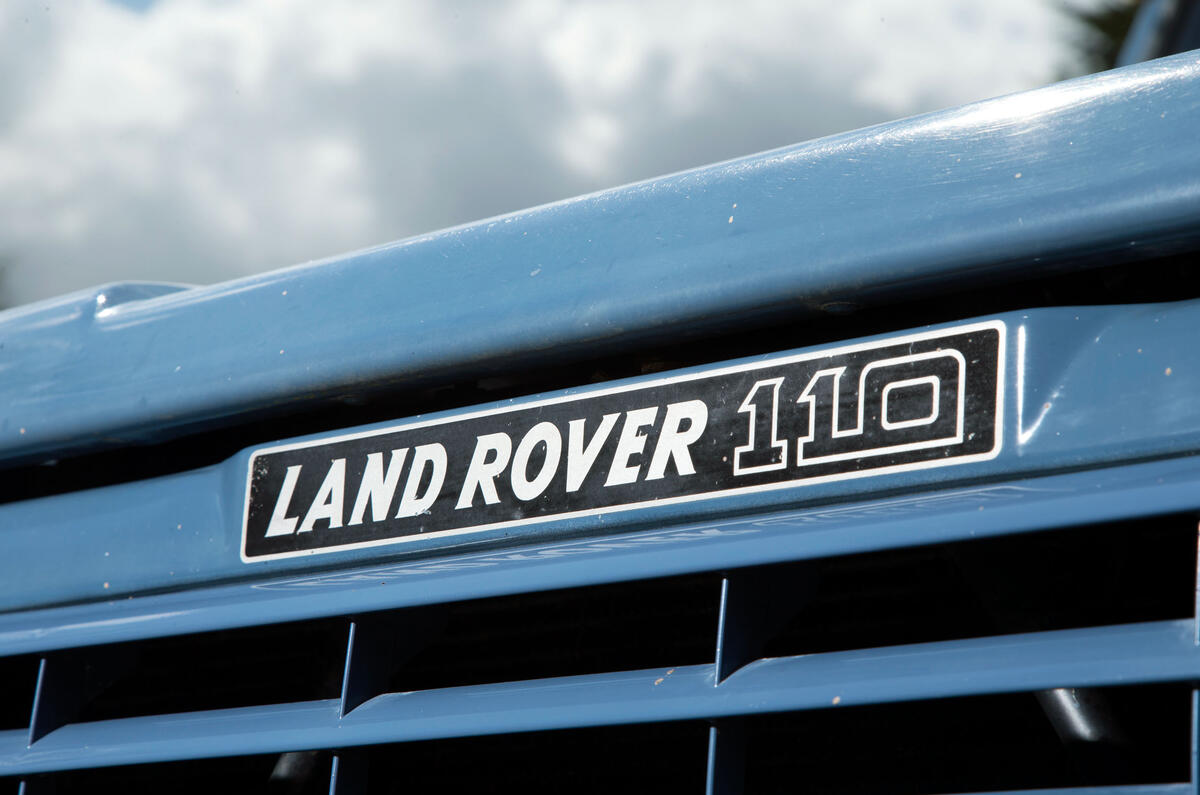
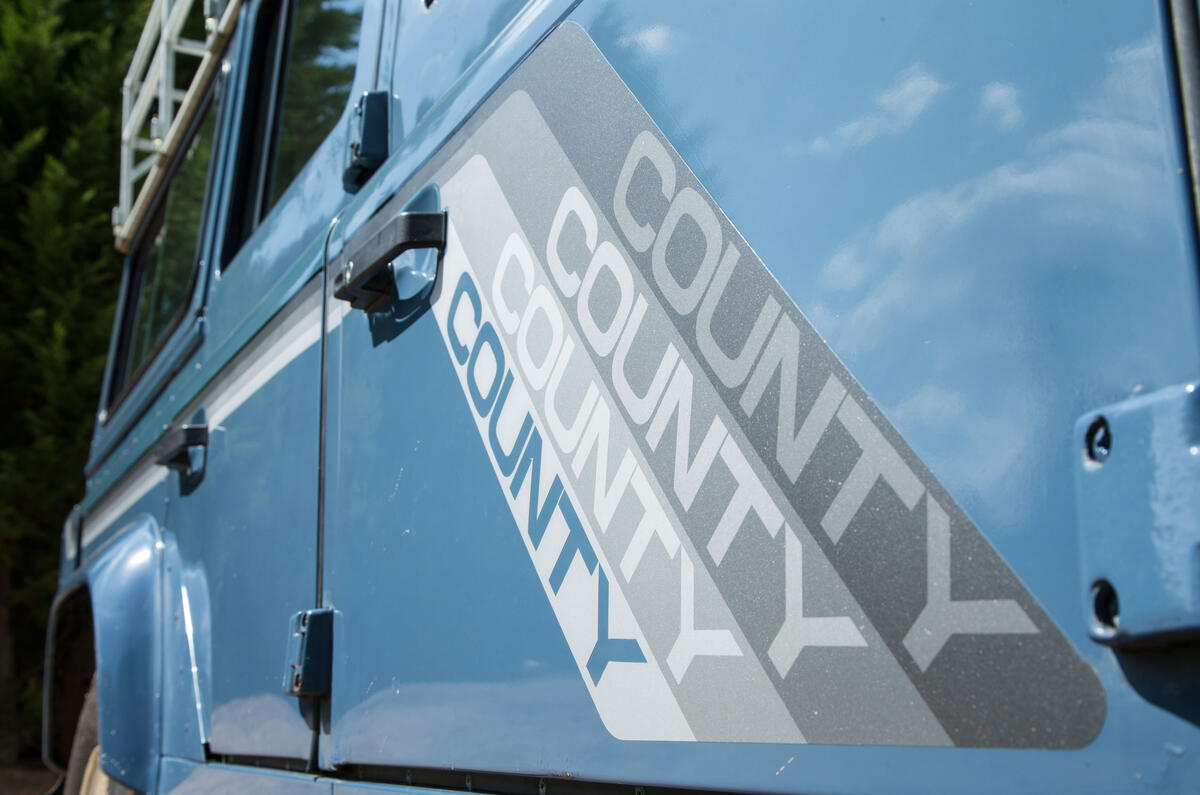

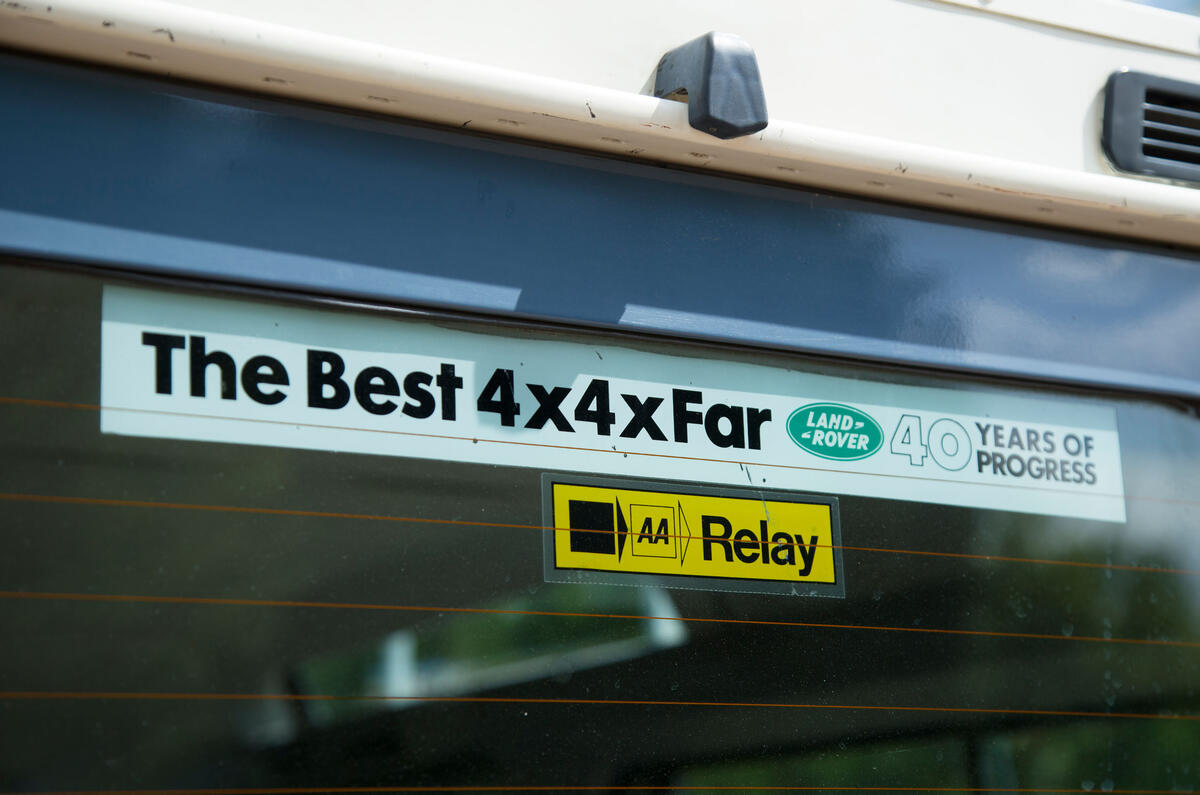
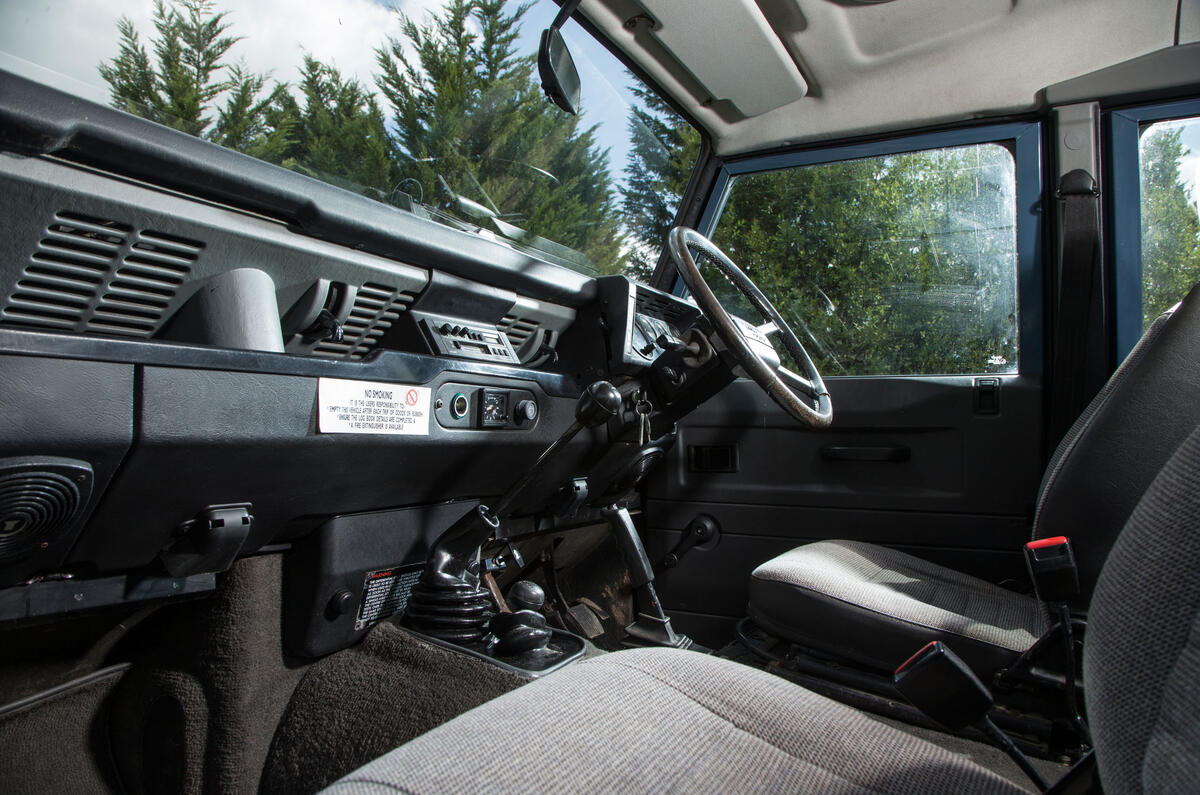
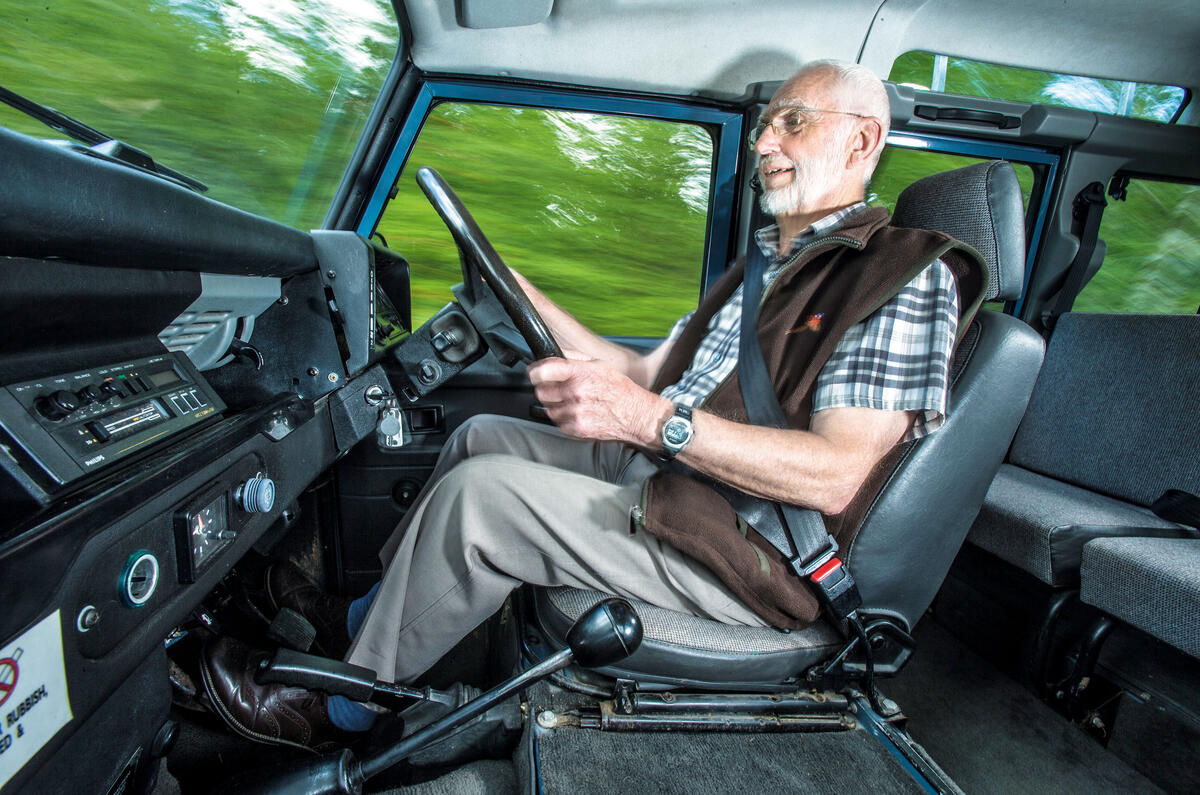

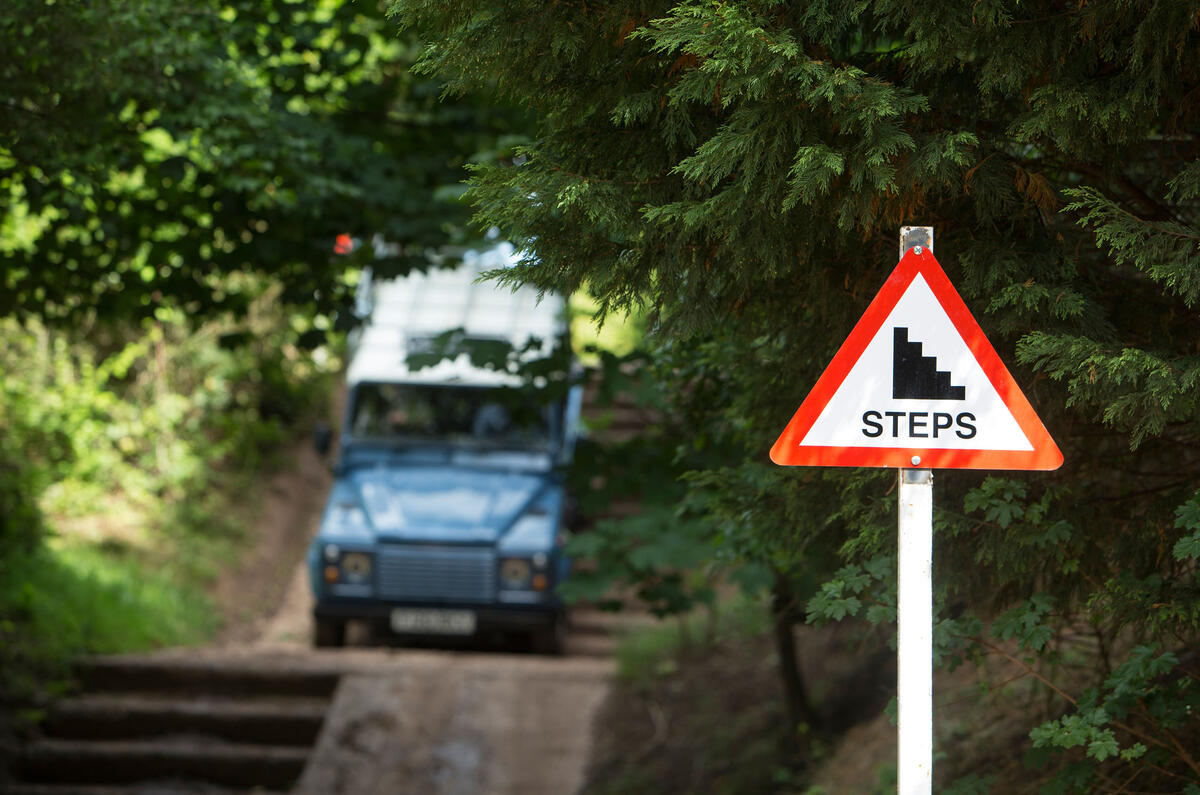
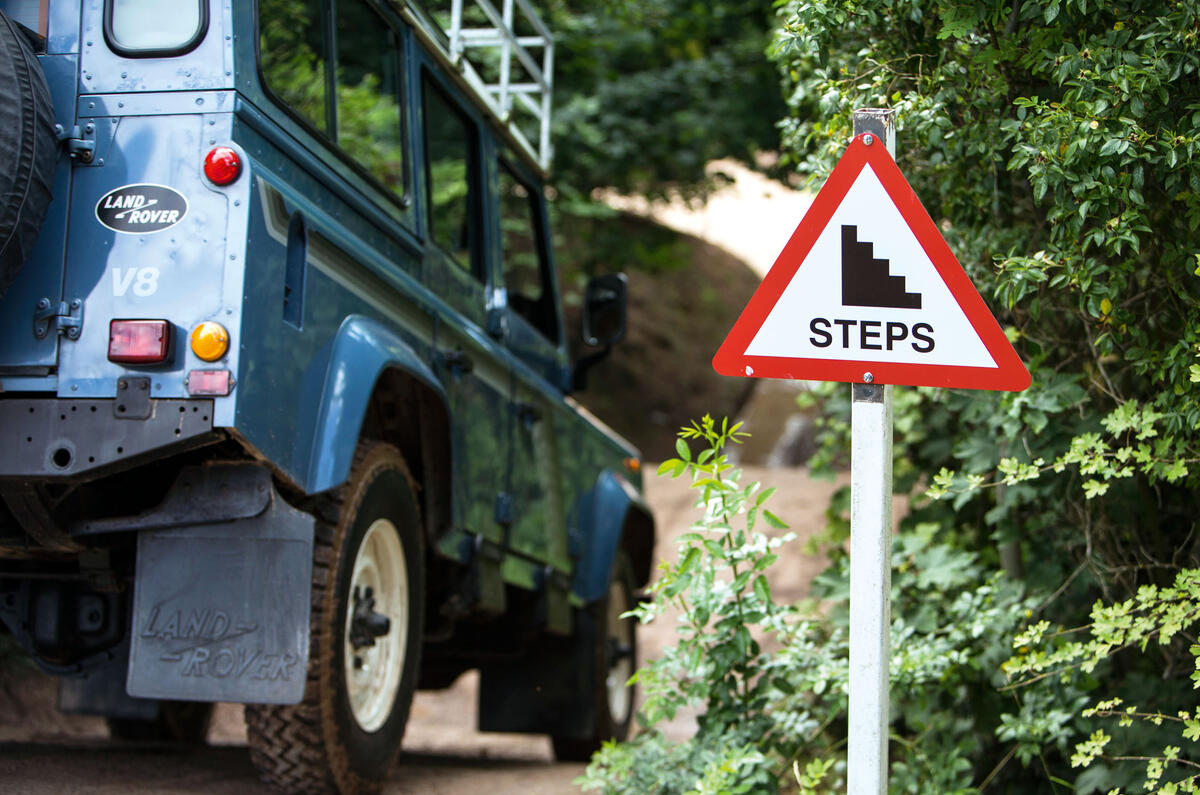
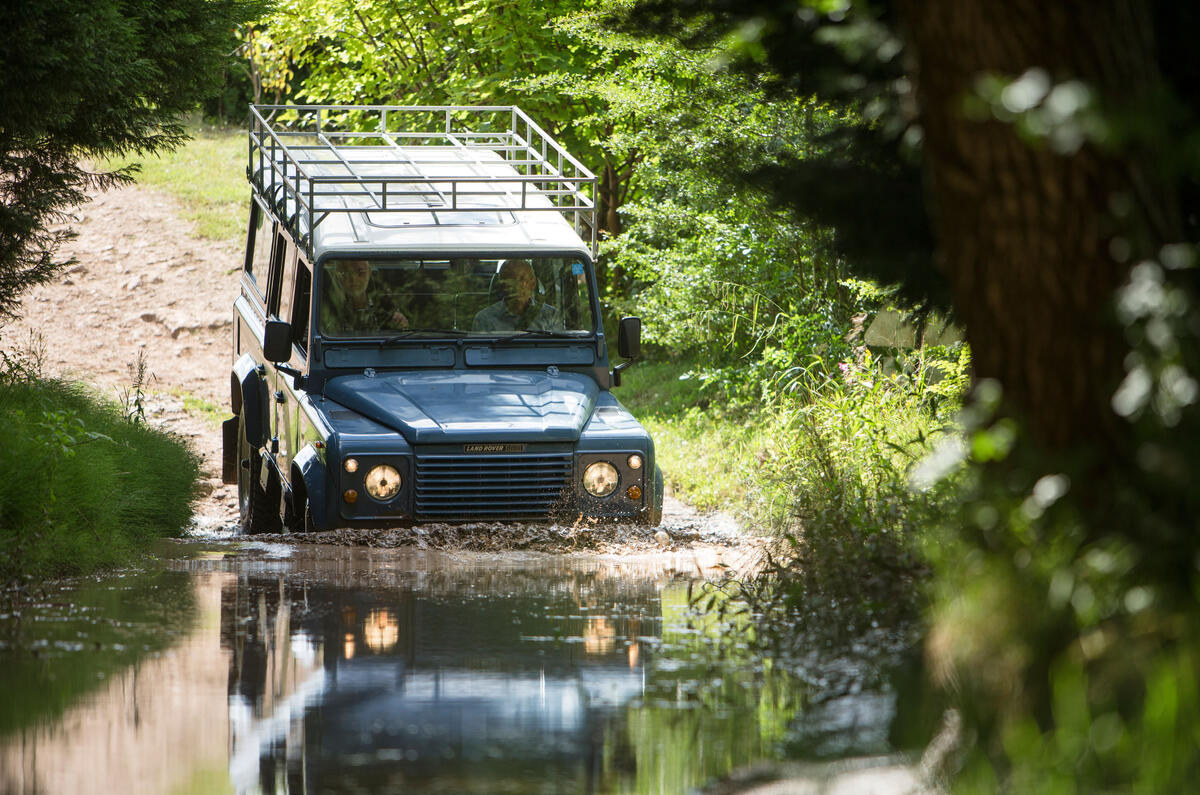
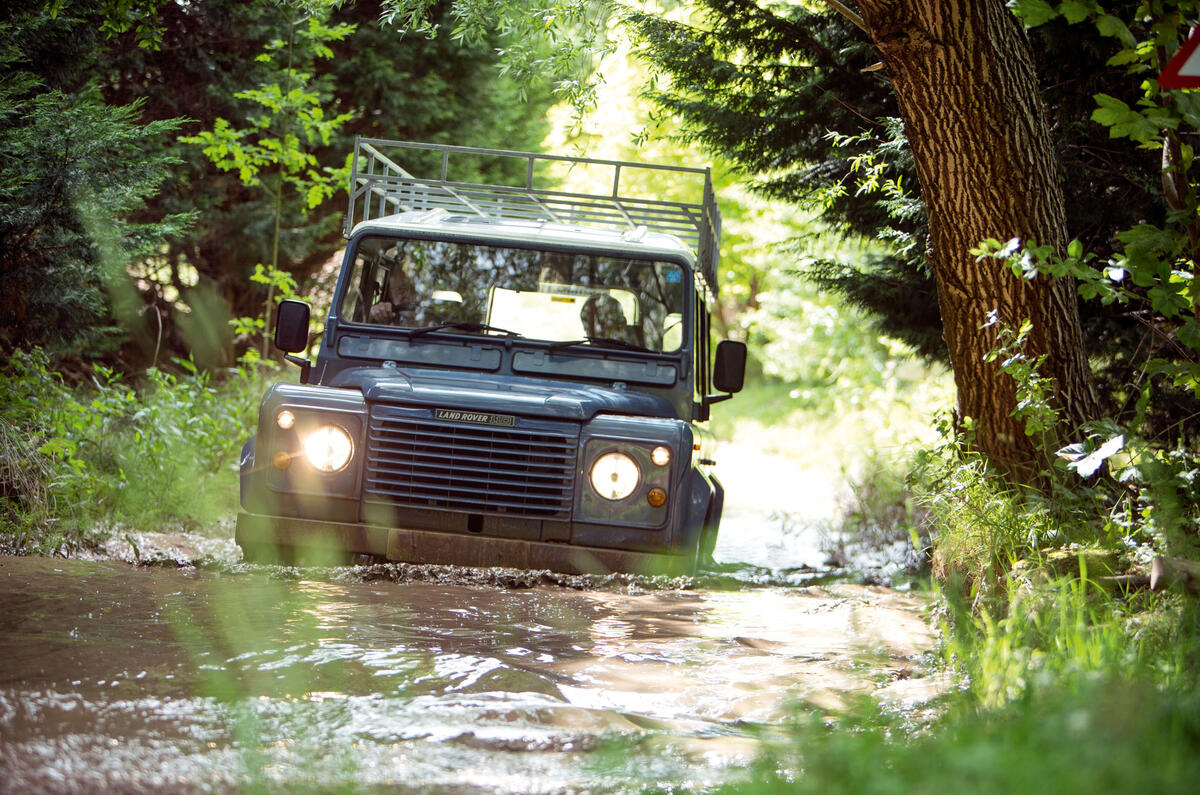
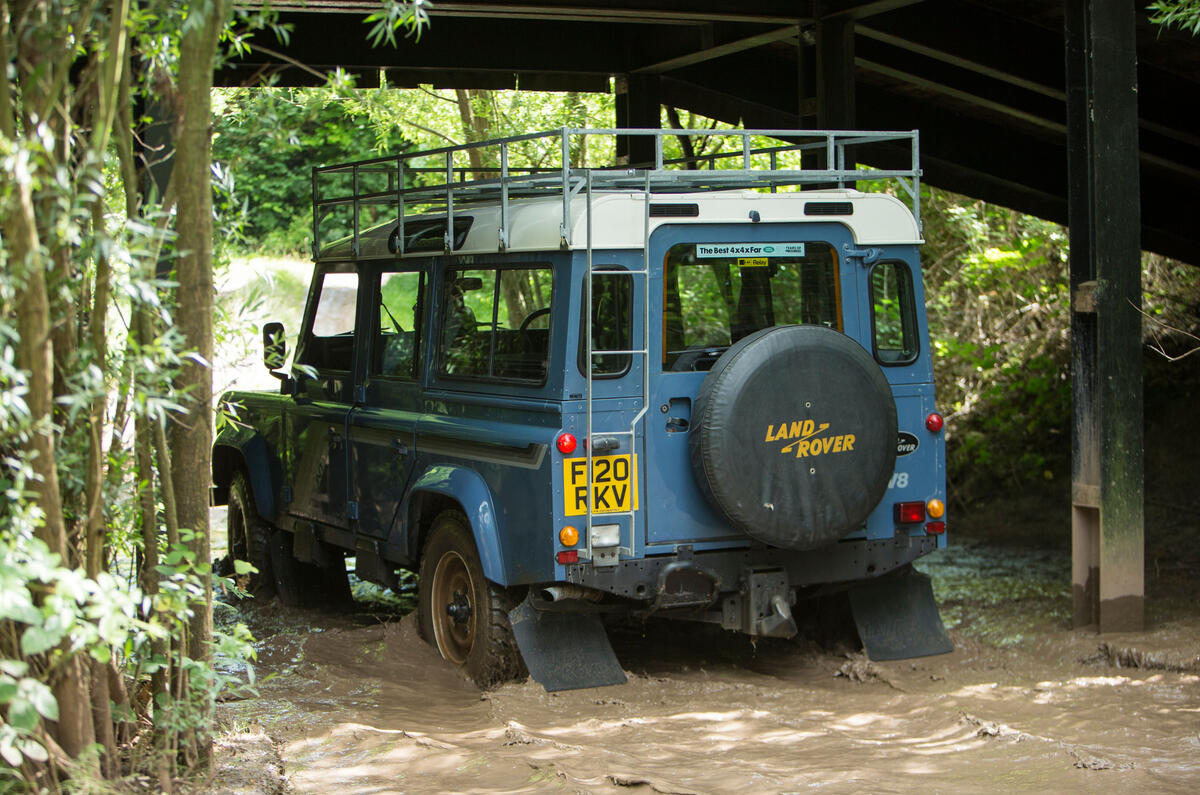




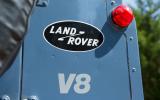
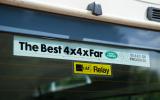


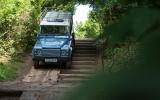











Join the debate
Add your comment
"That became the One Ten."
Typical!
I hope